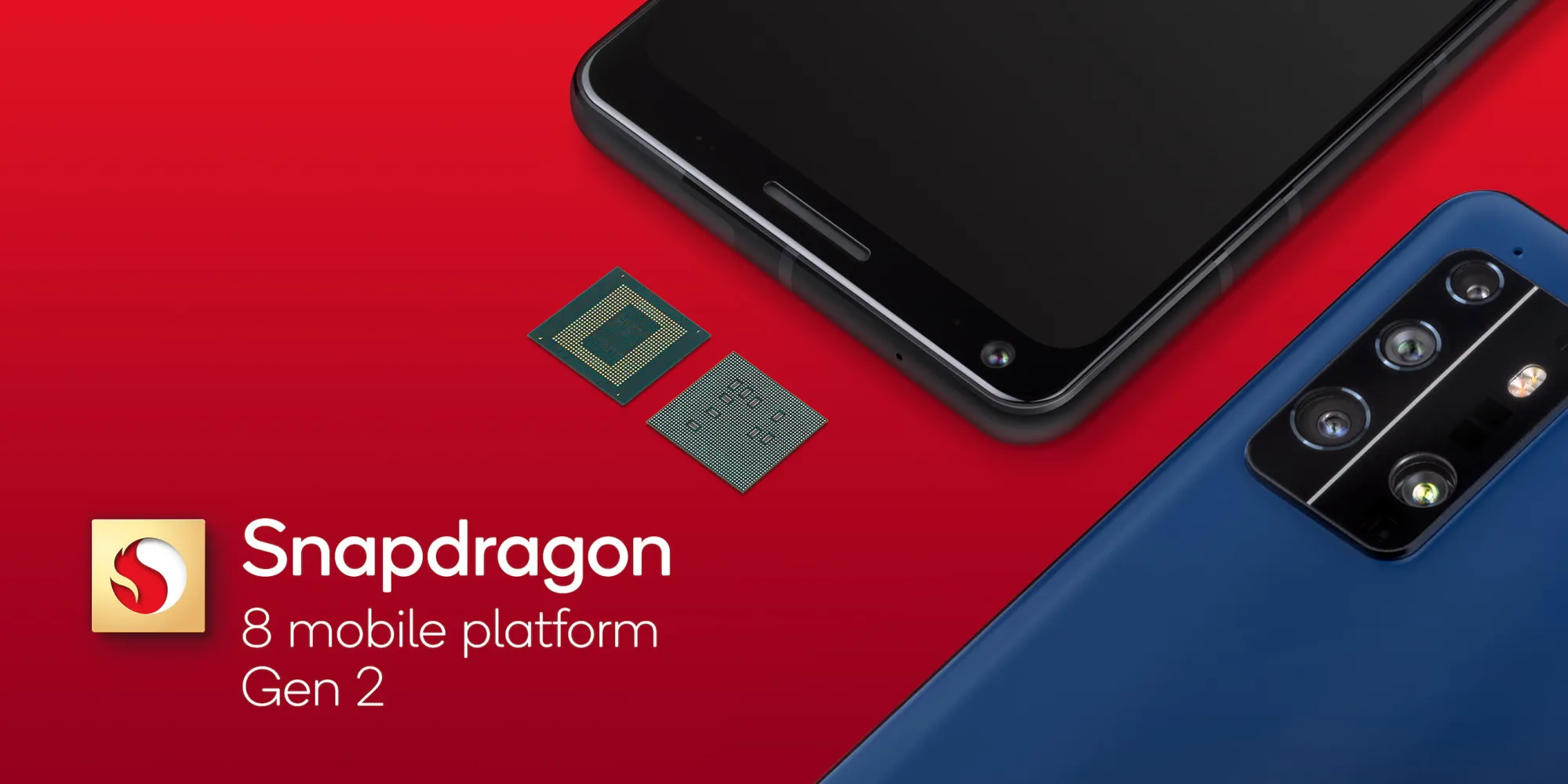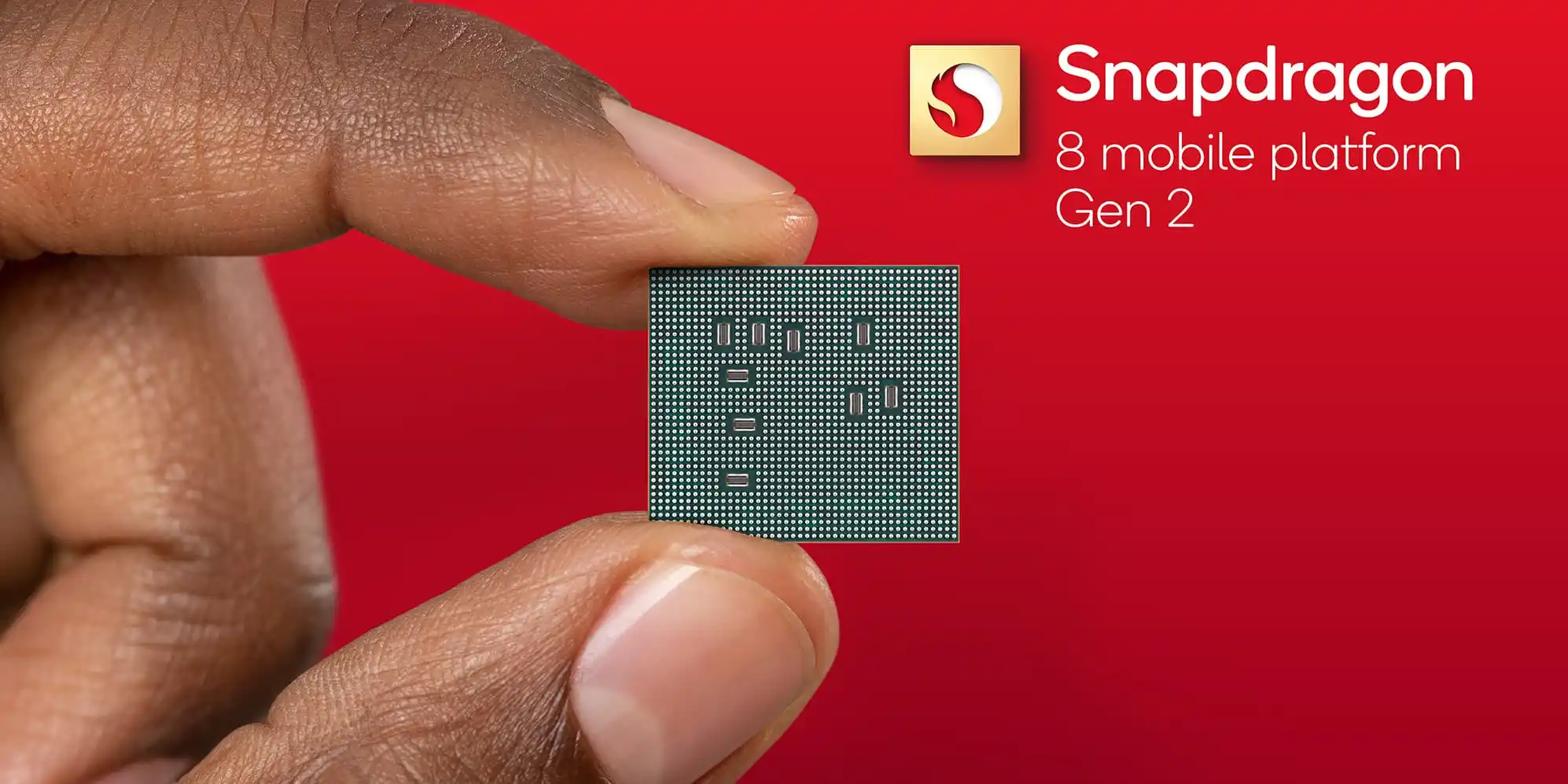❤ OnePlus 11 will be one of the first smartphones with Snapdragon 8 Gen 2
Qualcomm just announced the Snapdragon 8 Gen 2 yesterday, and we already know one of the first phones that will use it. Unsurprisingly, the OnePlus 11 will use the Snapdragon 8 Gen 2.
OnePlus confirmed on Weibo that the OnePlus 11 “will be the first” to offer the Snapdragon 8 Gen 2. It remains to be seen if the device will truly be the first smartphone using Qualcomm’s new chip, but it will certainly be the first from OnePlus.
There aren’t any other teasers of the device, but one thing that stands out as notable is that the device is simply called the “OnePlus 11” rather than the “OnePlus 11 Pro.” This would point to OnePlus perhaps going back on last year’s choice to launch the OnePlus 10 Pro but never formally launching a “OnePlus 10” – the closest we got was the OnePlus 10T, which was a starkly different device.
According to a rumor from earlier this year, OnePlus may end up releasing the OnePlus 11 in some capacity by the end of 2022. That’s well ahead of schedule – the OnePlus 10 Pro launched in China this past January and arrived globally in March.
Leaks have also shown off the design of a “OnePlus 11 Pro” with a circular camera module and an otherwise familiar design, as pictured above.
The Snapdragon 8 Gen 2 was just announced with a new layout, Arm’s new Cortex-X3 cores, Wi-Fi 7 support, AV1 decoding, and other big upgrades as well as a focus on power efficiency.
Qualcomm announces Snapdragon 8 Gen 2 with AV1, raytracing, 1+4+3 core config
Qualcomm today announced the Snapdragon 8 Gen 2 as its new flagship Android chip with a big focus on AI performance.
This chip is built on a 4nm process with a different core configuration than last year. There’s the “Prime” Arm Cortex X3 clocked at 3.2GHz with four “Performance” (2.8GHz) and three “Efficiency” cores (2GHz). It was previously three and four, respectively, with Qualcomm finding a boost for multi-thread executions with this approach. Another optimization sees two of the Performance cores support both 64- and 32-bits operations so that older apps can run efficiently.
There’s support for up to 16GB of LP-DDR5x 4200 MHz RAM. Overall, Qualcomm says this Kryo CPU is up to 35% faster as new microarchitecture results in 40% more power efficiency (compared to 8 Gen 1).
The Adreno GPU touts up to 25% faster performance and 45% better power efficiency with Vulkan 1.3 support, while the “Adreno Display” features “OLED Aging Compensation” to combat burn-in. The other highlight is hardware-accelerated ray tracing when gaming that better simulates how light physically behaves in the real world from accurate reflections to better shadows.
The Snapdragon X70 5G model supports 5G+5G/4GDual-SIM Dual-Active, while the FastConnect 7800 powers low-latency Wi-Fi 7 and dual-Bluetooth connectivity. Other features include 4x carrier aggregation downlink and Snapdragon Satellite two-way messaging support. There’s also support for audio with dynamic head tracking.
The Qualcomm AI Engine is the other big focus with up to 4.35X increased AI performance thanks to a 2x bigger tensor accelerator. It features a dedicated power delivery system that doubles the connection between the Hexagon Processor and the Adreno GPU, as well as Spectra ISP, for higher bandwidth and lower latency. For AI tasks, the faster connection reduces the dependency on the system DDR memory. There’s also INT4 AI format support for 60% performance/watt improvement during sustained AI inferencing.
Meanwhile, the Sensing Hub features dual AI processors for audio and other sensors with a 2x performance increase and 50% more memory. Last year’s always-on camera has been rebranded to the Always-Sensing camera, with one possible use case being a phone reading a QR code in the background.
The Snapdragon 8 Gen 2 features what Qualcomm calls a “Cognitive ISP” that can run real-time semantic segmentation to identify and then optimize for faces, hair, clothes, sky, and other common layers in a scene. This is made possible by the new power delivery system. There’s support for Samsung’s ISOCELL HP3 image sensor (200MP) and AV1 codec for up to 8K HDR at 60FPS video playback.
The Snapdragon 8 Gen 2 will appear in commercial devices by the end of 2022 with adoption from Asus ROG, Honor, iQOO, Motorola, Nubia, OnePlus, Oppo, Redmagic, Redmi, Sharp, Sony Corporation, Vivo, Xiaomi, Xingi/Meizu, and ZTE.








